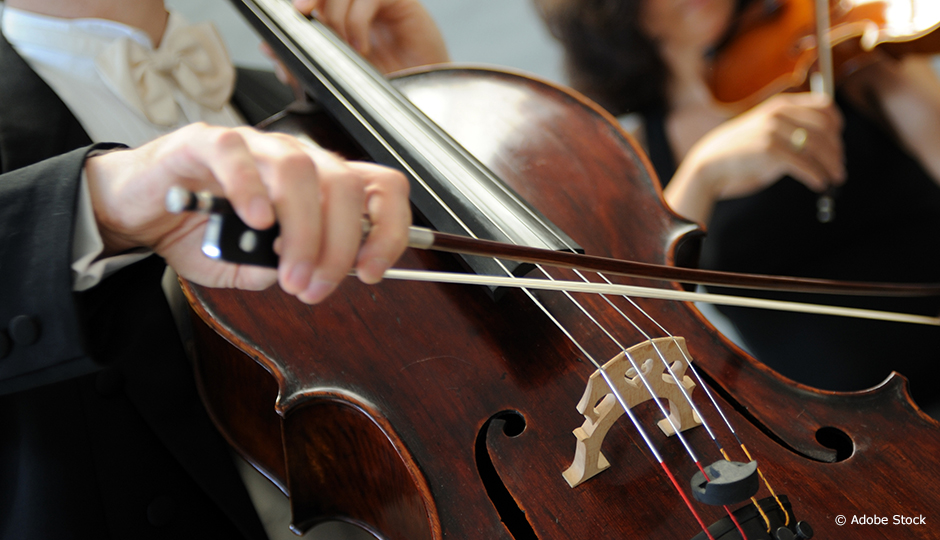The classical music concert experience generally includes a short document that provides background information on the piece and its composer: the program notes.
Music lovers can access the notes well before the day of the concert using common mobile devices such as smartphones or tablets.
New technologies have great potential to make program notes more dynamic and more accessible. This conclusion clearly emerged from a recent project carried out by Michel Duchesneau and his team. Duchesneau, a researcher in the Faculty of Music at Université de Montréal, is the director of the Observatoire interdisciplinaire de création et de recherche en musique (OICRM), a strategic cluster funded by the FRQSC.
These findings led PhD student Justin Bernard and graphic artist Jason Milan Ghikadis, in collaboration with the Orchestre symphonique de Montréal, to design a series of digital program notes three to four minutes in length.
With the Orchestre symphonique de Montréal striving to attract a younger audience, this initiative makes sense. Music lovers can access the notes well before the day of the concert using common mobile devices such as smartphones or tablets. Digital notes also have the added advantage of being far less ephemeral than traditional printed notes. By remaining easily accessible, they continue to play their role of mediating and promoting the music and the orchestra.
Digital technology makes it possible to combine text, images and sound to great advantage. For example, providing an excerpt from the sheet music may be interesting, but is of little use to the many concertgoers who are unable to read music. The new program notes include musical excerpts with animated sheet music that allows users to follow along by colouring in the musical notes.
Originally designed for OSM audiences, the digital program notes can be viewed on the Internet as part of the research project.




